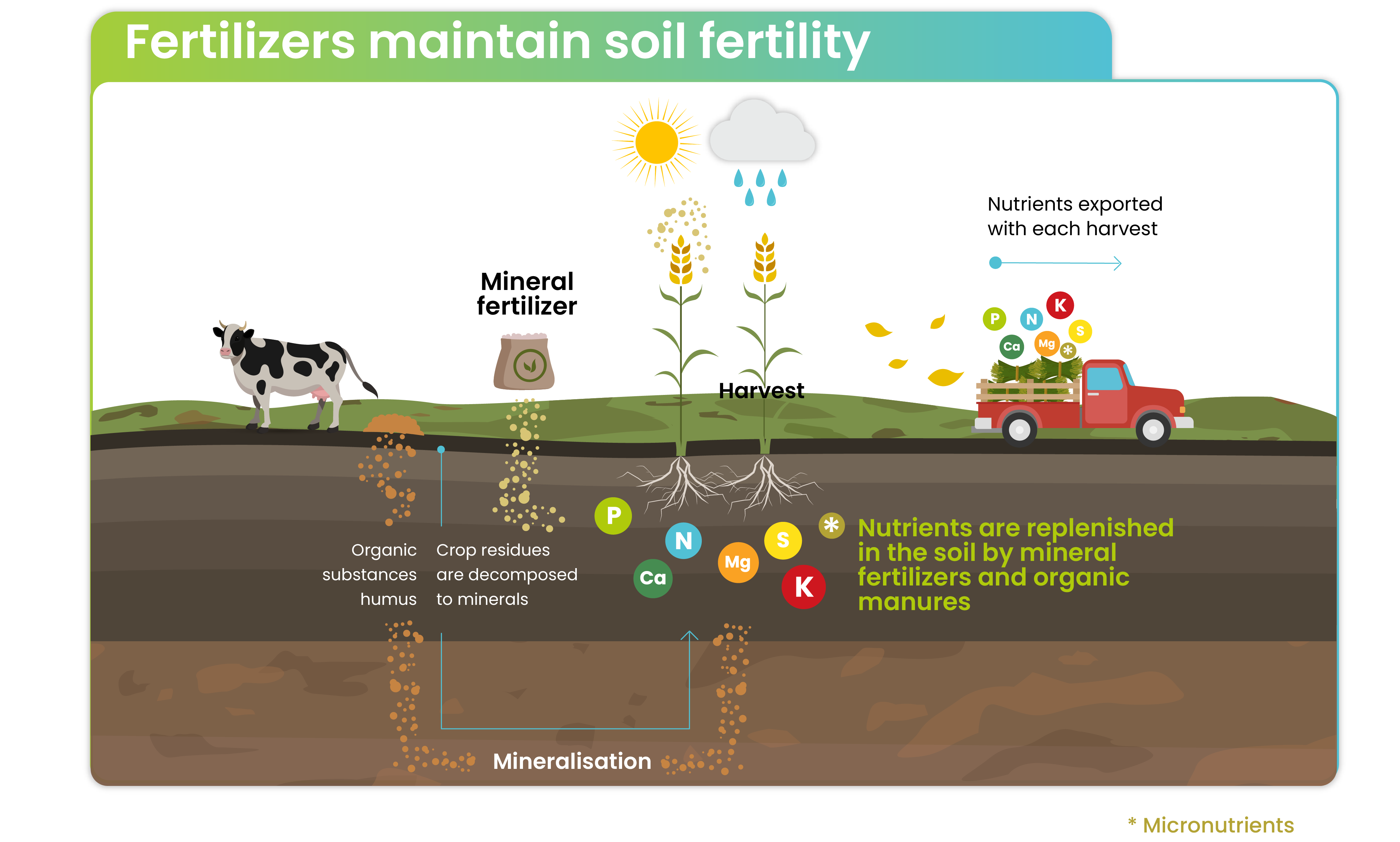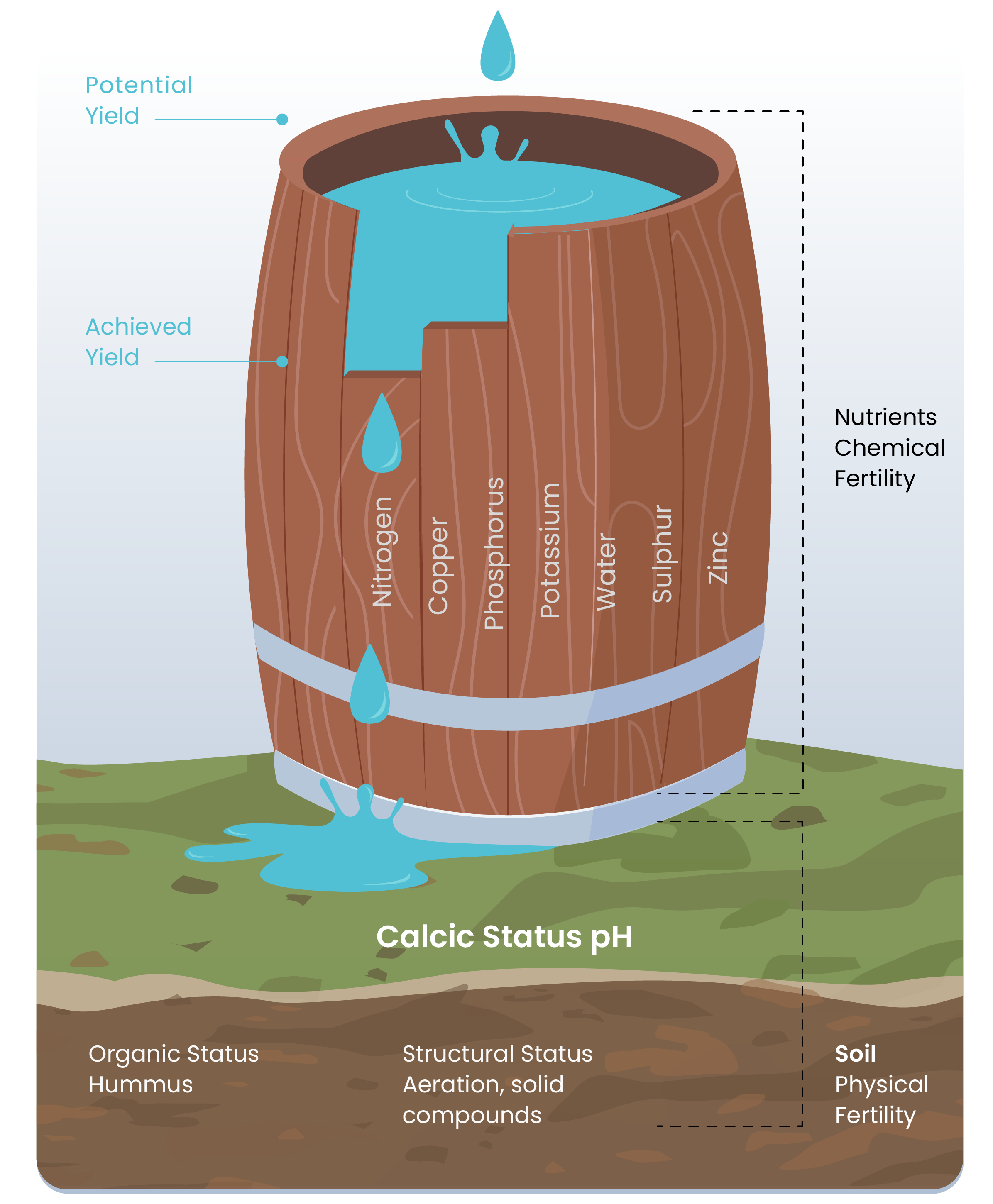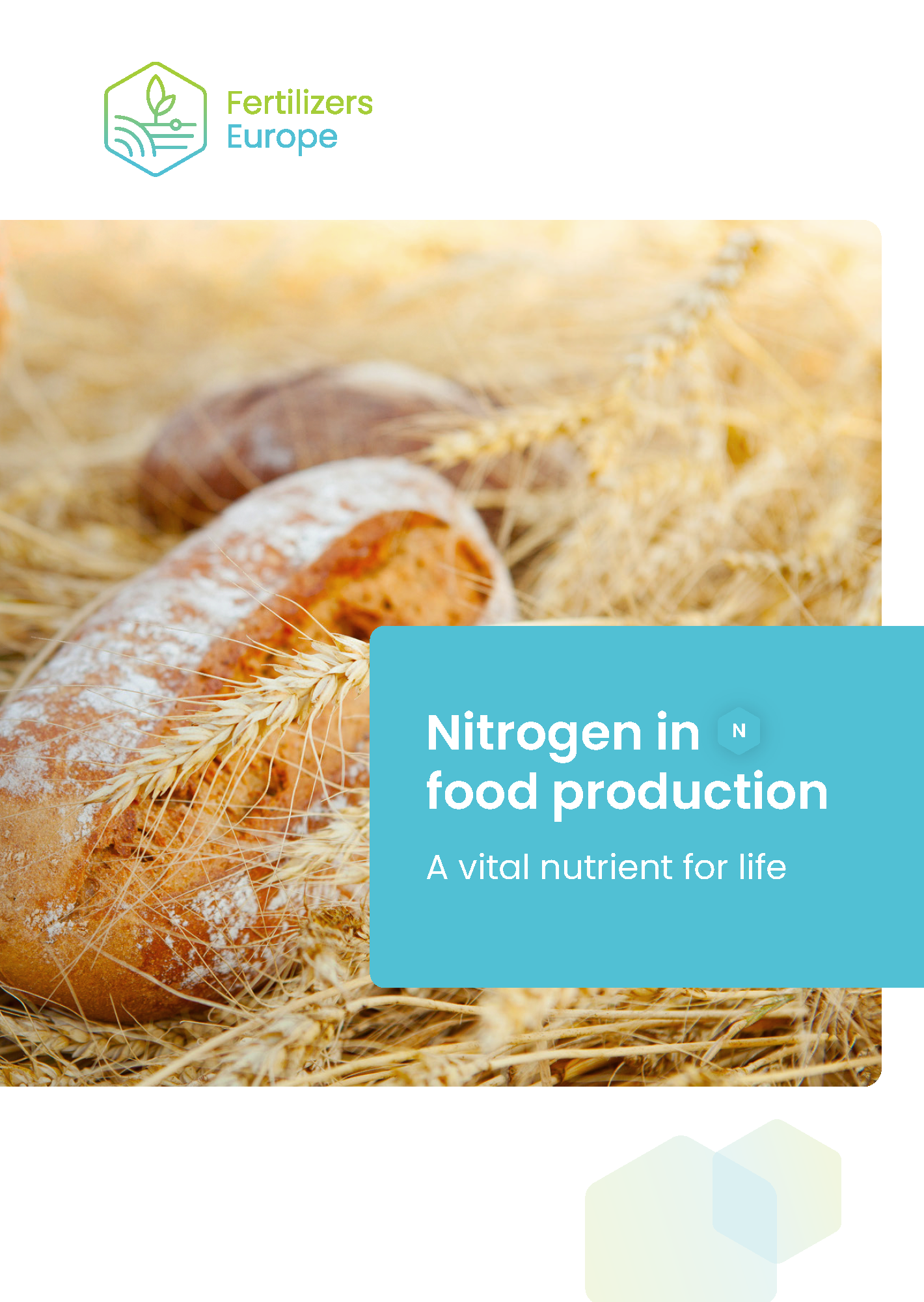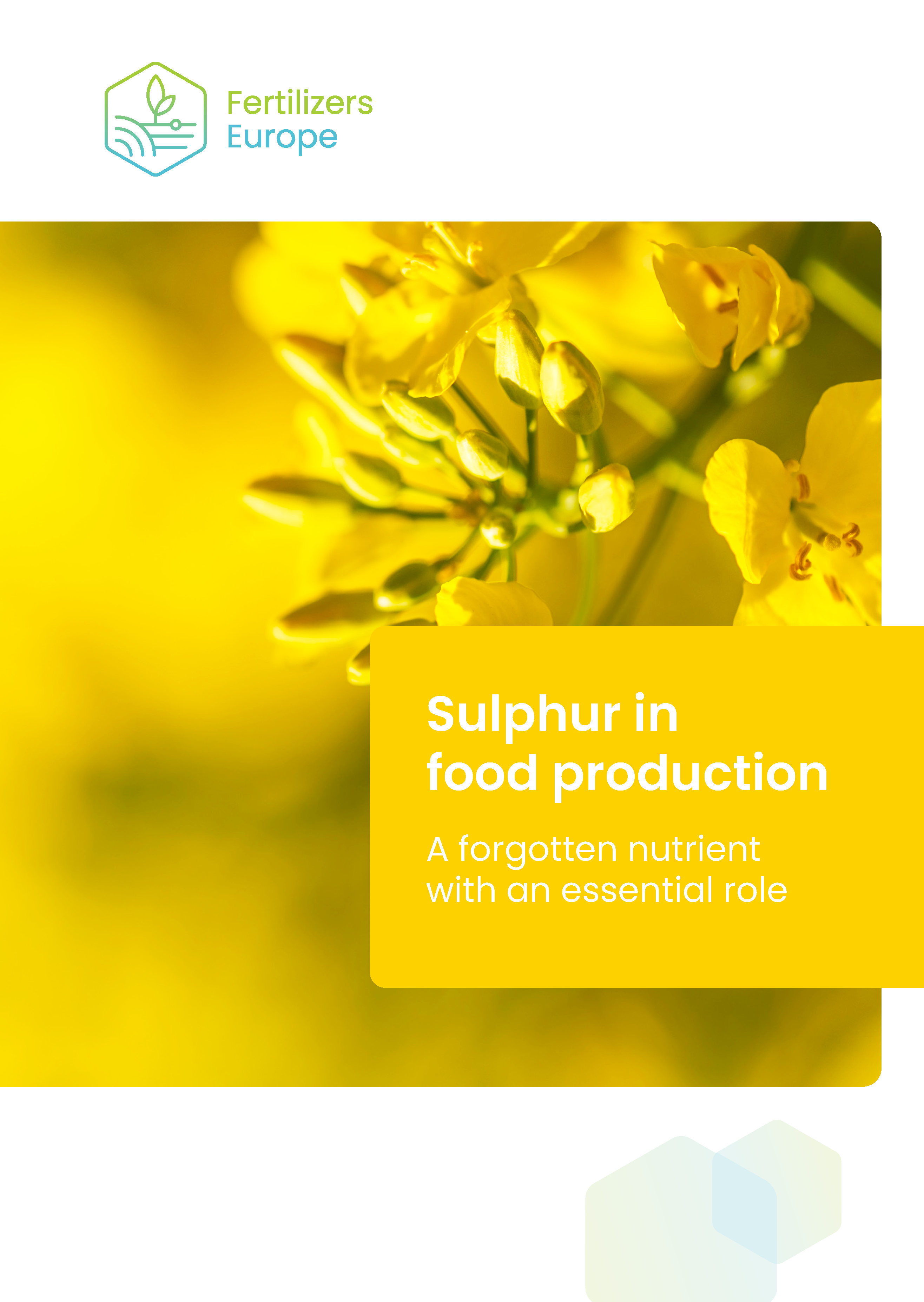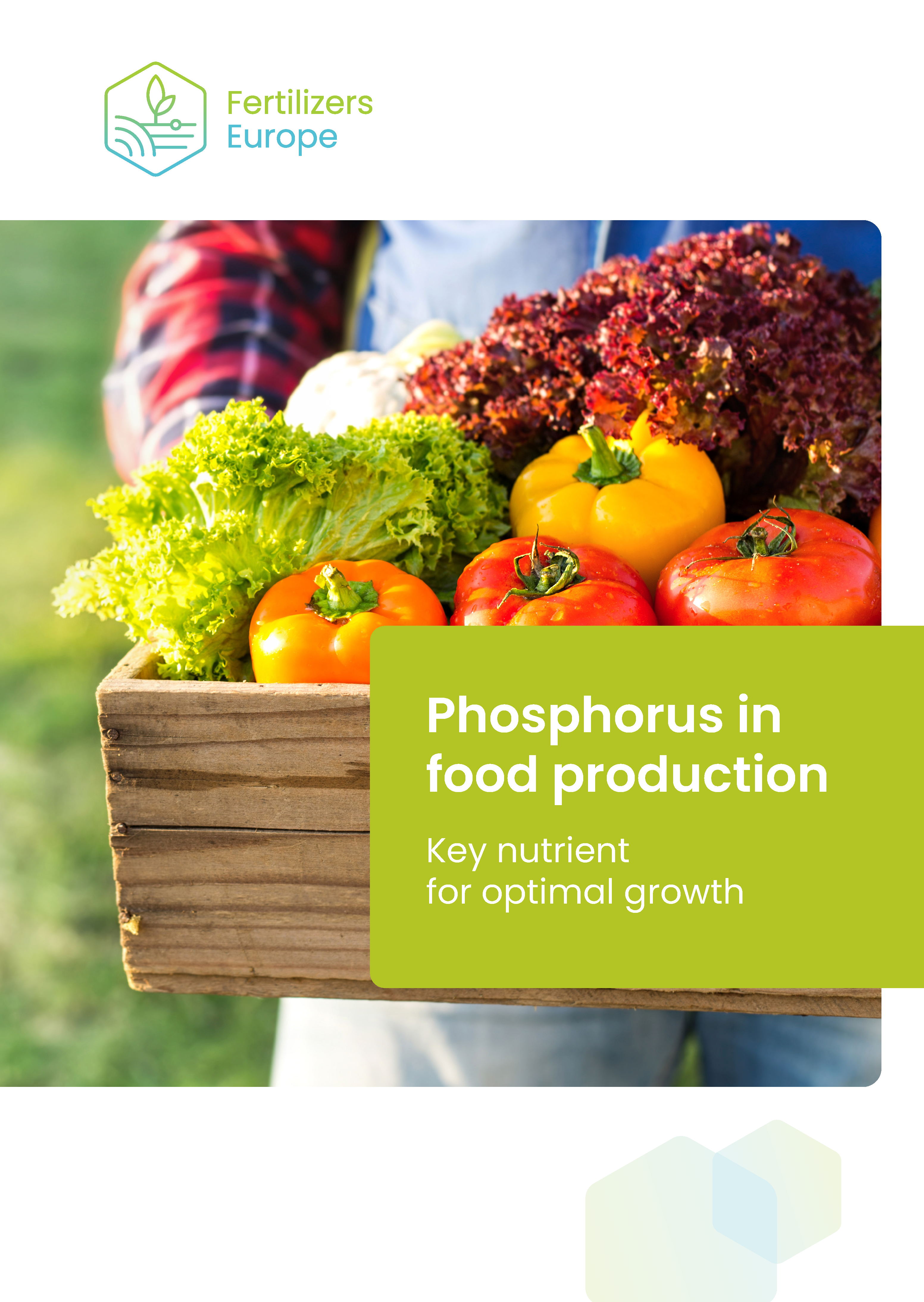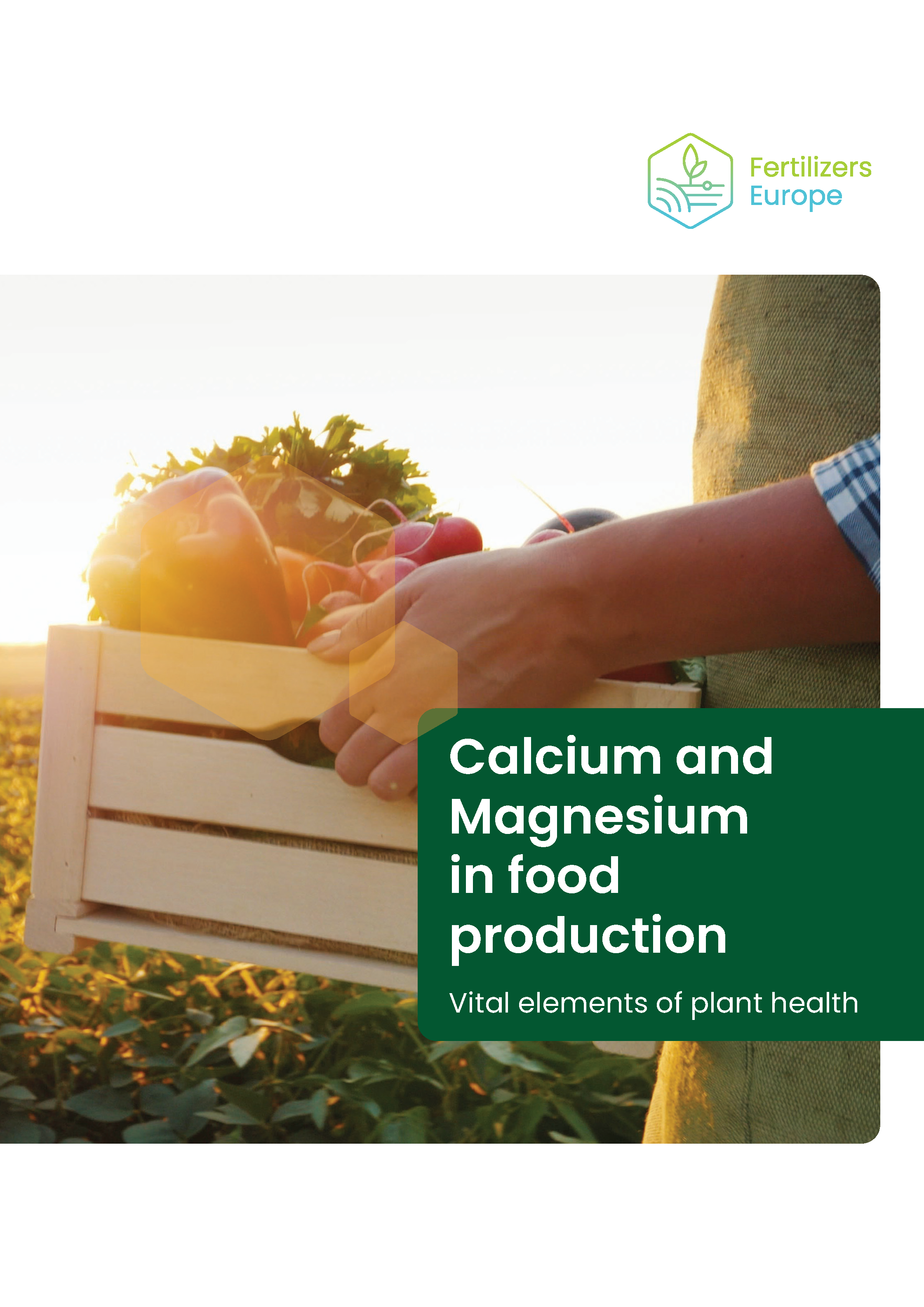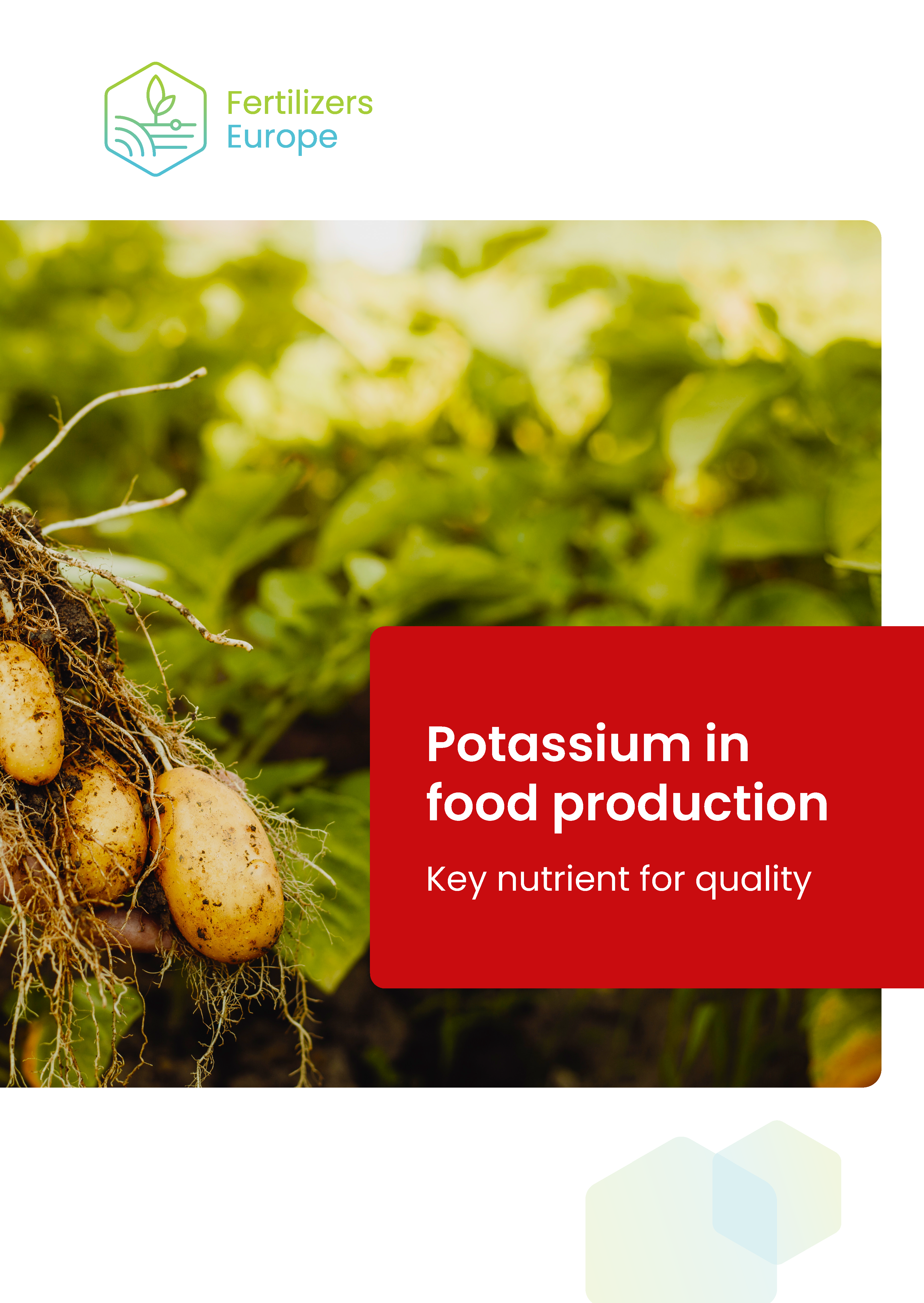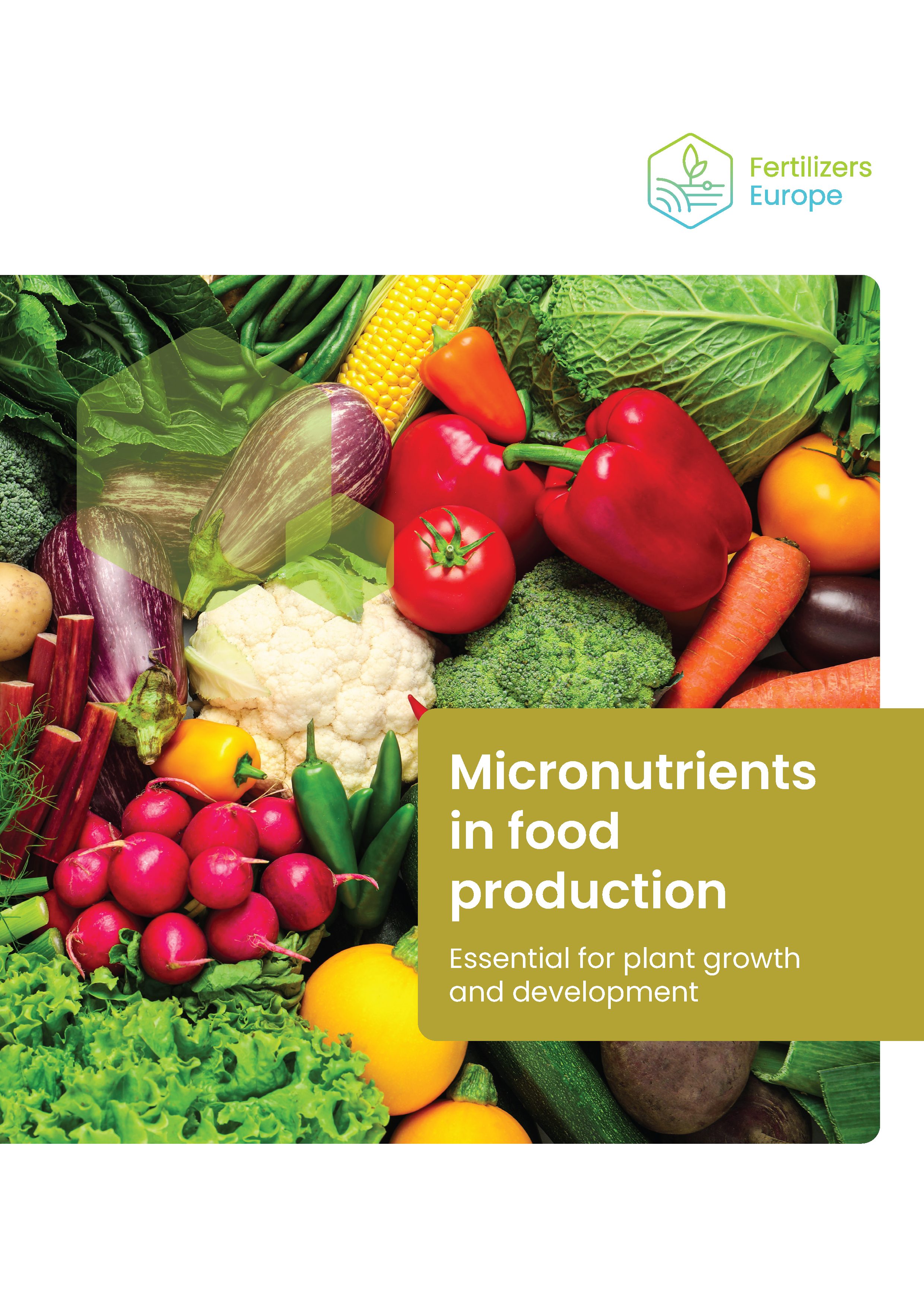Balanced Plant Nutrition
Plants need nutrients to grow and reach their maximum genetic potential.
There are 17 most important nutrients for plants, all different pieces of the very same puzzle. Plants must obtain these nutrients from their environment and different sources to grow optimally. The three primary nutrients are nitrogen (N), phosphorus (P) and potassium (K), followed by three secondary nutrients calcium (Ca), magnesium (Mg) and sulphur (S) and other eleven micronutrients.
Plants need a permanent availability of all the nutrients in proportion to their daily needs. These nutrients need to be replenished in the soil after the plant harvest and this is done by the use of organic and/or mineral fertilizers. The objective of balanced fertilization is to ensure that the plant has access to an adequate supply of each nutrient at every growth stage in order to avoid any over or under-supply. This enables the crop to optimise its use of the nutrients and ensures strong, healthy and productive crop growth while minimising environmental impacts.
Every plant nutrient has a specific role to play. The importance of balanced plant nutrition.
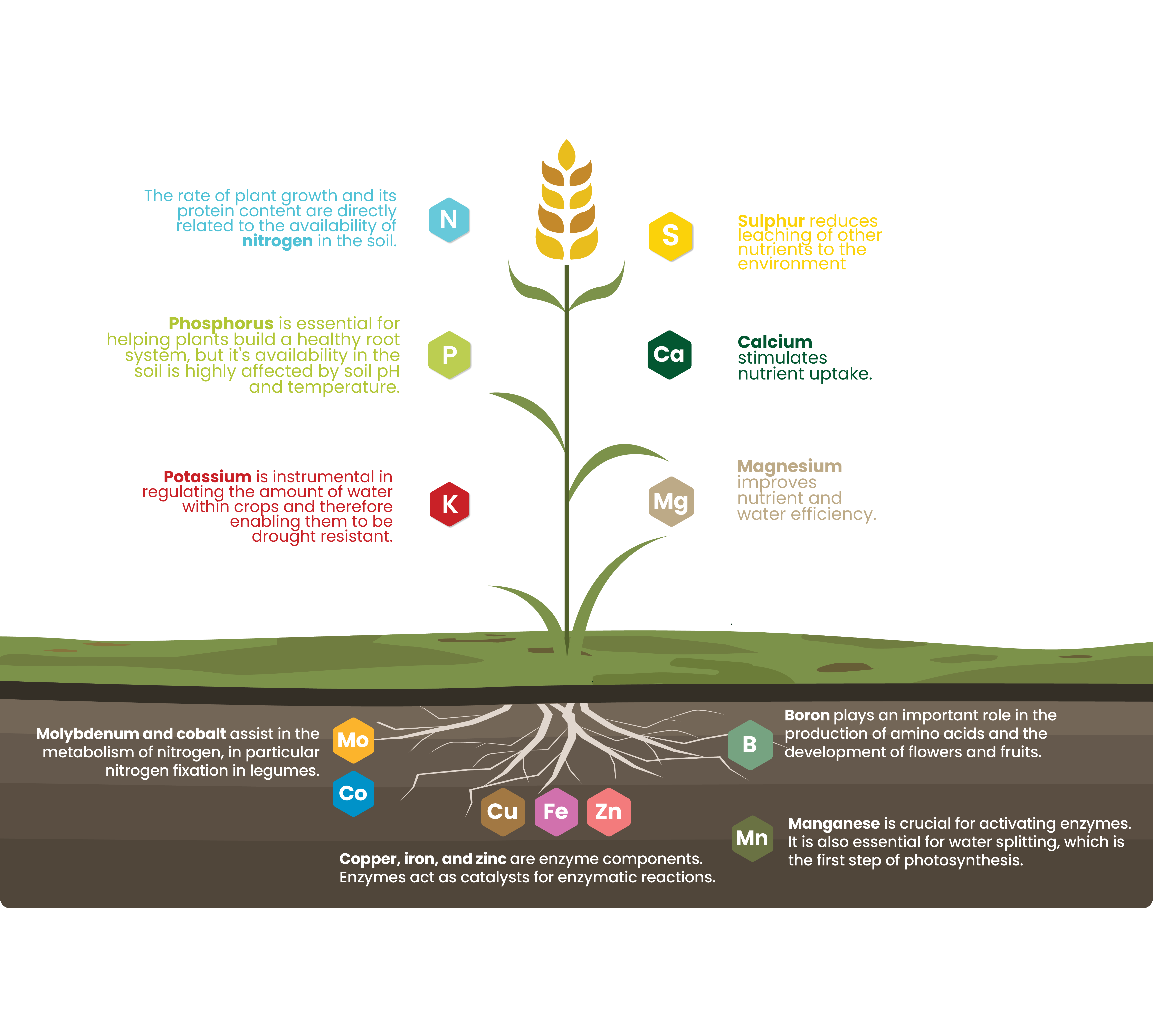
According to «Liebig’s barrel» principle, plant growth is dictated by scarcest resource (limiting factor) and not by total resources available.
A deficiency in one nutrient cannot be compensated by a surplus of any of the others. So one nutrient alone cannot ensure the yield, and the balance between thenutrients is essential to ensure reaching yields according to the genetic potential of the crops.The principle of the Liebig’s barrel highlights the key importance of a good soil management as a basis of agriculture practice.
Liebig’s barrel – a principle developed in agricultural science by Carl Sprengel and later popularized by Justus von Liebig in the 19th century, a German chemist who made major contributions to agricultural and biological chemistry.
Discover more about the main nutrients used by farmers and growers in Europe.
Nutrient Stweardship approach
The use of products with reliable release profiles and precise application characteristics greatly improves nutrient uptake efficiency and reduces environmental losses.
Right product
Matches fertilzers type to crop needs.
Different crop species have different nutrient requirements and there is a wide range of fertilizers with different profiles to meet these. Product selection takes into account the needs of a particular crop, climate and soil properties, economic considerations and method of application.
Right rate
Matches amount of fertilizers type crop needs.
Understanding the nutrient needs of a crop throughout its growth cycle is the first step to calculating a suitable fertilizer application rate. An excess of nutrients will lead to environmental losses, while an insufficiency will limit crop yield.
Right time
Makes nutrients available when crops needs them.
For optimum yields, sufficient nutrients need to be accessible to a crop as it moves through its various growth stages. But if a nutrient is present in the soil for an extended period prior to crop uptake, it may move outside the root zone or be converted into a less plant-available form. The best timing for fertilizer application is therefore based on consideration of the timing of crop uptake, the dynamics of the soil nutrient supply and the release rates of specific products.
Right place
Keep nutrients where crops can use them.
A plant’s full genetic potential is only achieved when the soil structure allows its roots to grow and exploit the maximum soil volume. A good soil structure ensures the right proportion of voids of different sizes for good rooting conditions and improves the roots’ ability to locate nutrients. With nutrients in the right location within the soil, crops have the best access to them.
